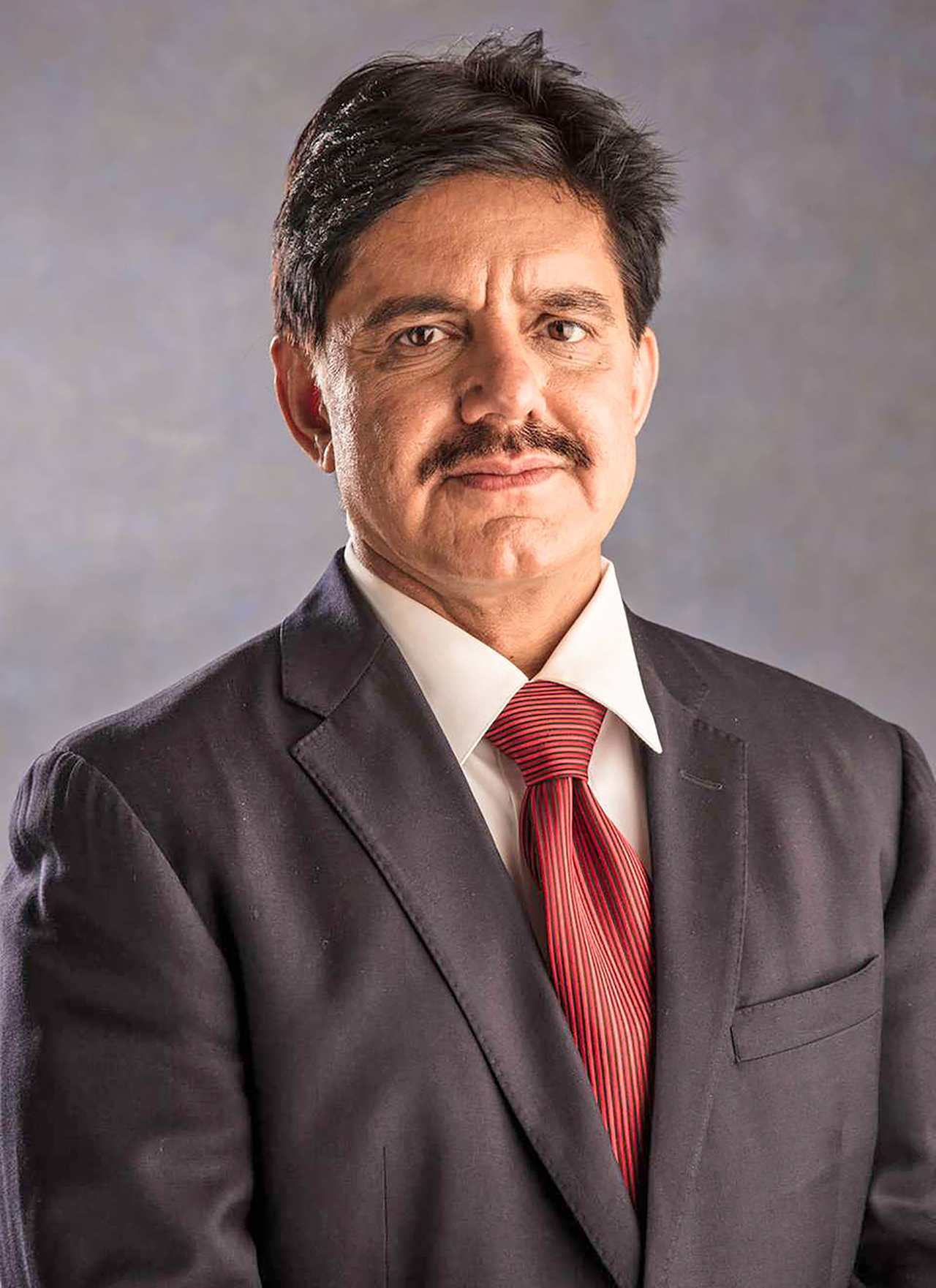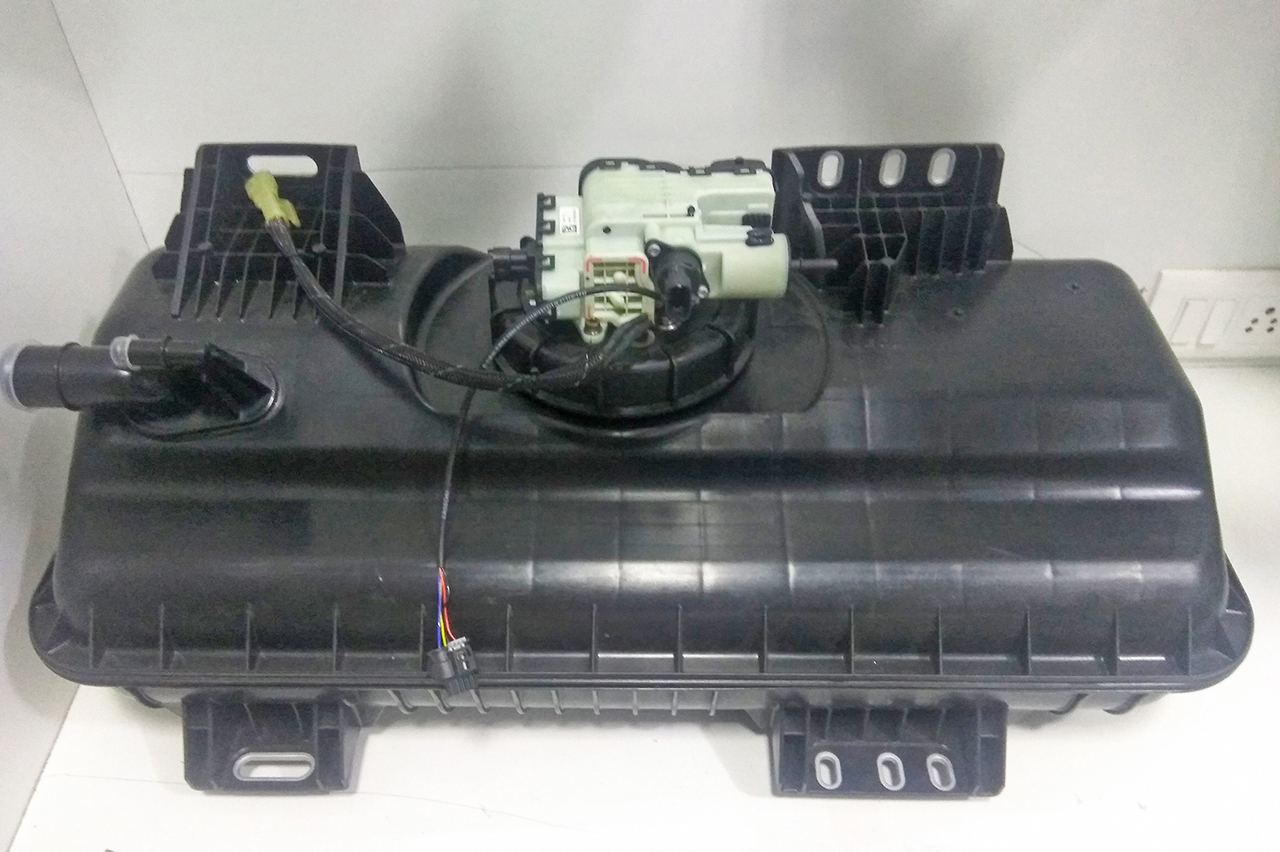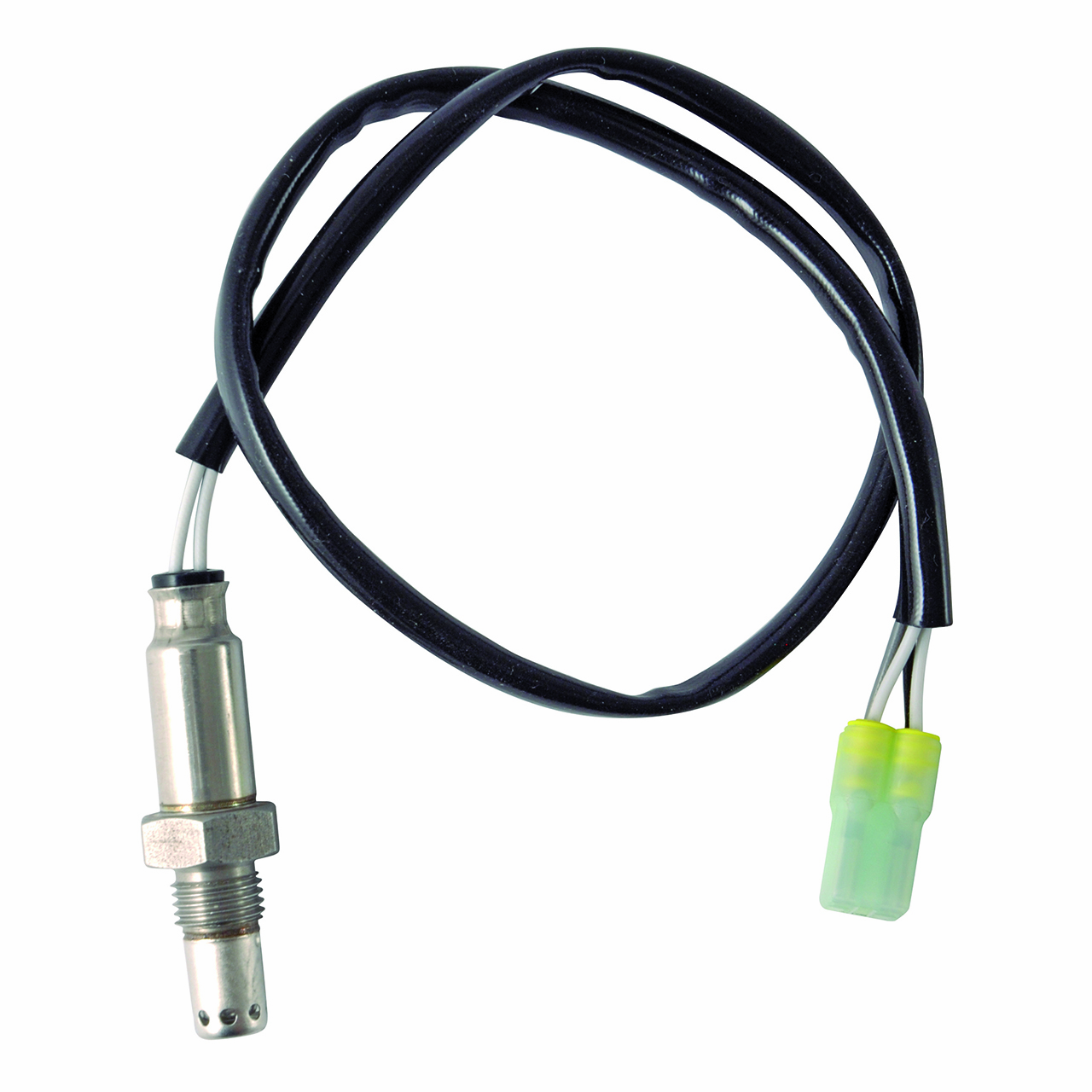BS-VI Transition Experience
The change from BS-IV to BS-VI has been a big leap. The timing of transition and the lockdown proved to be a double whammy for the Indian automotive industry. The first two months were very difficult with zero revenues. During the lockdown the transition kind of took a backseat and the safety of employees and resuming production became the priority. Since June onwards, we started to see some green shoots and by the end of the year things were looking good. There is lot of positivity and hope that we will soon achieve the pre-pandemic levels of revenue.

The organisation has definitely handled the situation well, although something of this kind has never been seen by anyone in the recent times. But we handled the challenges from the OEMs side, suppliers’ side and also at the organisational level. The organisation is optimistic and understands the situation. There is lot of hope of higher growth in the coming years. The transition has opened up new opportunities of localisation, bringing in advanced technologies in India in terms of emission, safety, telematics, fuel efficiency, lighting, transmissions, weight reduction, etc.
Challenges
It goes without saying that the pandemic is still a major challenge in the transition phase and companies are yet to reach the desired revenue levels. Apart from that, the BS-VI norms implementation in India has made the market at par with the global standards. Cost has definitely increased and cost reduction is a big challenge. Lot of advanced technologies are getting added to the vehicles which definitely has an impact on the cost. The focus has shifted towards localisation, investments, partnerships, technical agreements with global leaders. Today, new layouts, low revenues and other bottlenecks are something that every organisation in the automotive industry is facing. We know the demands of the OEMs and we are working towards fulfilling them through localisation, digitisation, low-cost automation, robotics and bringing in advanced technologies by partnering with the global leaders.

Opportunities
Due to implementation of BS-VI the cost of vehicles has increased. The pent-up demand of the previous months, preference for owned vehicle due to social distancing, onset of festive season and the gradually opening up of business establishments paved the way for a positive market sentiment. For us the emission division was directly impacted and we were well-prepared for the transition. BS-VI has made the Indian market similar to that of the global market, thus providing us opportunities for exports. It has also brought in several areas where businesses can invest such as telematics, safety, fuel efficiency and other technologically advanced products. Oxygen sensors is one such product that the group entered into a JV for. BS-VI has certainly presented us with opportunities and the industry is definitely working towards seizing the opportunities.

Current and Upcoming Financial Year
The year 2020 turned out to be the most challenging year in the history of the Indian automotive industry. The initial lockdown resulted in slowdown of economic activities and increase in negative consumer sentiments. As the sales picked up in the later part of the year, the consumer sentiment gradually improved for good. Luckily the gap has been minimised to that of 10% as compared to last year, which the industry was expecting to be at 40% low. We expect to see growth in the coming months and thus achieve the pre-pandemic levels of revenue. The growing demand is a positive sign.